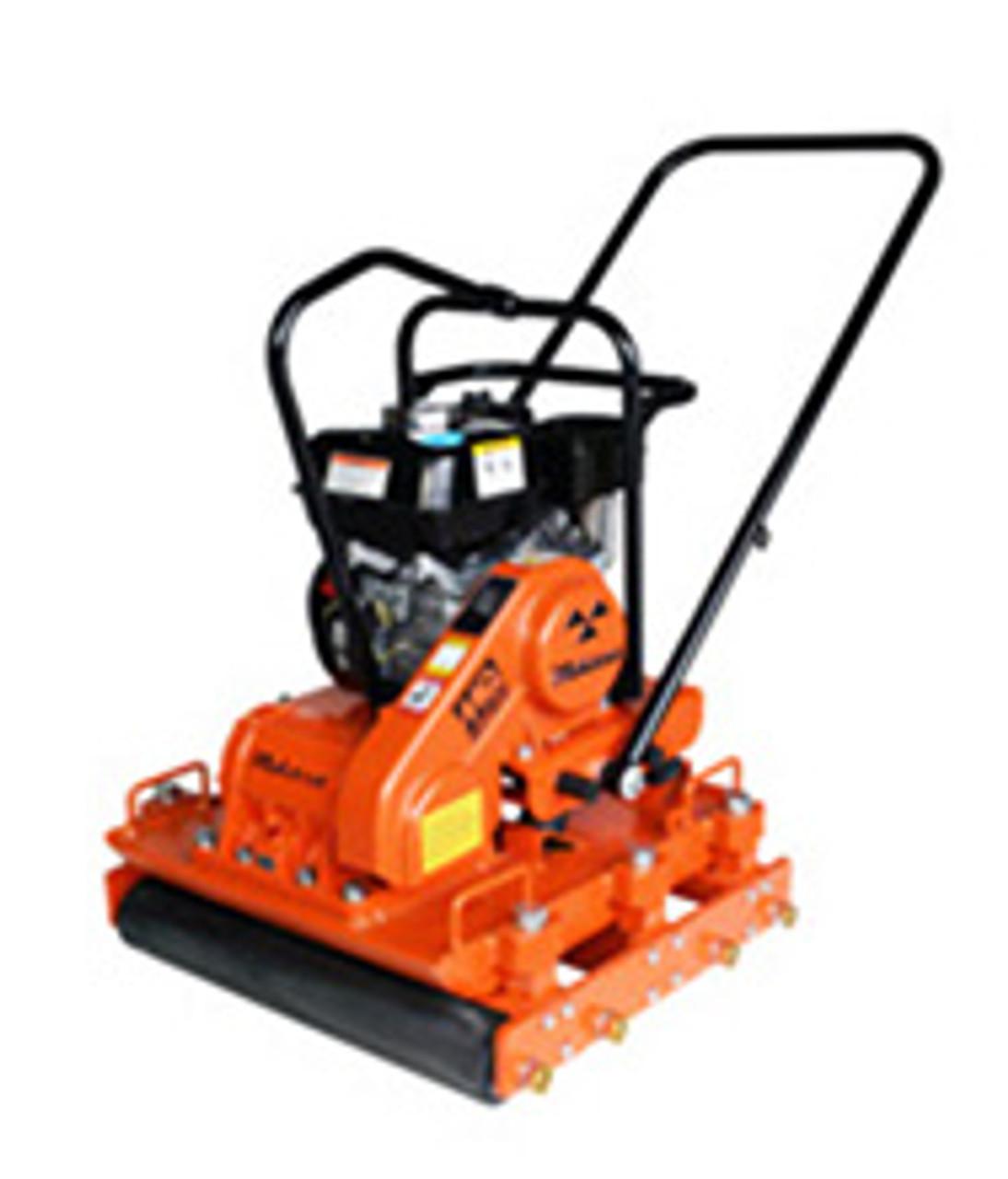Pavers are a popular choice for outdoor spaces like driveways, walkways, and patios due to their durability, aesthetic appeal, and versatility. However, achieving a smooth and durable surface requires proper installation techniques, including plate compaction. Here’s a guide to the significance of plate compaction in paver installation and explores the role of rubber mats in ensuring pristine pavers.
Understanding Plate Compaction
Plate compaction is a crucial step in the paver installation process that involves using a compactor machine to compress the base and bedding materials beneath the pavers. This process helps to eliminate air voids, settle the materials, and create a stable foundation for the pavers. Proper compaction not only enhances the structural integrity of the pavement but also prevents issues such as settling, unevenness, and premature deterioration.
Importance of Proper Compaction
Failure to achieve adequate compaction can lead to various problems that compromise the performance and longevity of the pavement. Some of the common issues associated with inadequate compaction are discussed below.
- Settlement: Insufficient compaction allows for the presence of air voids, which can lead to settlement over time as the materials compress under the weight of traffic.
- Unevenness: Inadequate compaction results in uneven surfaces, causing tripping hazards and aesthetic concerns.
- Paver Movement:Poorly compacted base materials may shift or settle, causing the pavers to move out of alignment and creating an uneven surface.
- Water Drainage Issues: Improper compaction can affect the drainage capabilities of the pavement, leading to pooling water and potential water damage.

Role of Rubber Mats in Plate Compaction
Rubber mats play a crucial role in the plate compaction process by providing a protective barrier between the compactor plate and the surface of the pavers. Here are some ways rubber mats contribute to ensuring pristine pavers.
Surface Protection
Rubber mats serve as a protective layer that prevents direct contact between the metal plate of the compactor and the surface of the pavers. This helps to prevent scratching, scuffing, and other forms of damage that can occur during the compaction process.
Even Distribution of Force
Rubber mats help to distribute the compaction force more evenly across the surface of the pavers, reducing the risk of localized damage or deformation. This ensures uniform compaction and minimizes the likelihood of surface irregularities.
Minimization of Vibrations
The elasticity of rubber mats absorbs vibrations generated by the compactor, reducing the impact on the pavers and surrounding structures. This helps to minimize the risk of cracks, fractures, and other forms of damage caused by excessive vibration.
Non-Stick Properties
Rubber mats often feature non-stick properties that prevent them from adhering to the surface of the pavers during compaction. This facilitates easier removal of the mats after compaction without causing damage to the pavers.
Compatibility with Various Paver Types
Rubber mats are available in a variety of sizes, thicknesses, and configurations to accommodate different types of pavers and compactor machines. This ensures compatibility and optimal performance during the compaction process.

Best Practices for Using Rubber Mats in Plate Compaction
To maximize the effectiveness of rubber mats in plate compaction and ensure pristine pavers, it is essential to follow best practices.
Proper Selection of Rubber Mats
Choose rubber mats that are specifically designed for plate compaction and compatible with the type and size of pavers being installed. Ensure that the mats are of sufficient thickness and quality to provide adequate protection and support.
Clean the Surface
Before placing rubber mats on the pavers, ensure that the surface is clean and free of debris, dirt, and excess moisture. This helps to prevent contaminants from being trapped between the mats and the pavers, which could cause damage during compaction.
Positioning of Rubber Mats
Place the rubber mats evenly across the surface of the pavers, ensuring complete coverage and overlap between adjacent mats. Secure the mats in place using appropriate fasteners or weights to prevent shifting during compaction.
Proper Compaction Technique
Follow manufacturer recommendations and industry standards for plate compaction, including compaction pressure, number of passes, and compaction sequence. Avoid excessive compaction that could lead to over-compression or damage to the pavers.

Inspection and Maintenance
Regularly inspect rubber mats for signs of wear, damage, or deterioration, and replace them as needed to maintain optimal performance. Store rubber mats in a clean, dry environment away from direct sunlight and extreme temperatures when not in use.
Gradual Increase in Compaction Pressure
Gradually increase the compaction pressure during the initial passes to allow the pavers and base materials to settle gradually without causing excessive stress or damage. Avoid applying maximum compaction pressure right away, as this could lead to over-compression and potential issues with the pavement's integrity.
Monitoring Compaction Progress
Continuously monitor the compaction progress during the process by observing the surface of the pavers and assessing the density of the underlying materials. Adjust the compaction technique and pressure as needed to address any areas of concern and achieve uniform compaction across the entire surface.
Use of Protective Padding
Place a layer of protective padding, such as geotextile fabric or foam insulation, between the rubber mats and the surface of the pavers for added cushioning and protection. This helps to minimize the risk of indentation or marking on the pavers caused by the compactor's weight and vibrations.
Proper Disposal of Worn-Out Mats
Dispose of worn-out rubber mats responsibly by recycling them or disposing of them in accordance with local regulations. Avoid leaving old mats lying around on the job site, as they could pose a safety hazard or become a breeding ground for pests and debris.

For superior plate compaction and pristine pavers, consider integrating rubber mats into your installation process. Explore TMS Equip's extensive collection of vibratory plate compactors, including reversible plate compactors and single direction plate compactors, to ensure optimal results. Additionally, browse our range of construction machinery, from concrete diamond blades to dewatering pumps, for all your project needs.
Contact us today to elevate your paving projects to new heights of efficiency and quality with plate compaction.


